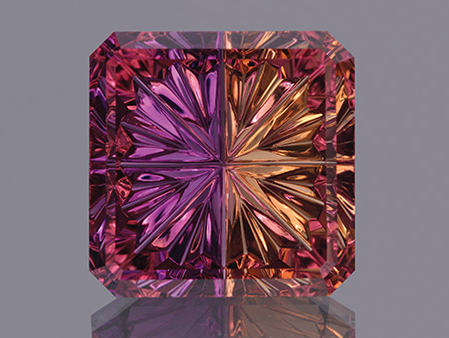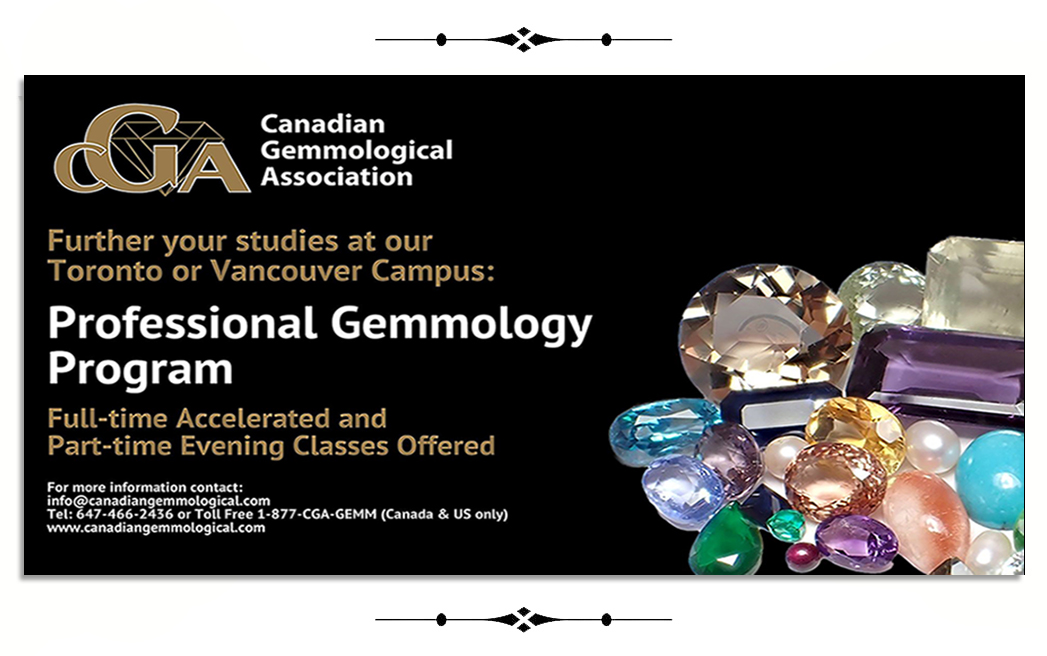jewellerybusiness.com –
Lauriane Lognay –
The role of a traditional gem cutter is no walk in the park. Whether faceting, cabochon, or carving, it is vital to arm oneself with patience, discipline, and, of course, a pair of practiced eyes to see a gemstone’s full potential.
Beyond this, these professionals must be armed with the proper tools. Faceting and/or cabochon machines, countless flat laps, bands with different grits, various diamond powders, index gears, snake oil, water, aluminum oxide, and much more are needed to achieve perfection.
What is cutting, though? Simply put, this refers to the action of taking a gem and grinding it down using different grits and powders to achieve symmetrical or fantasy facets on its surface. It is a mechanical action, guided by the steady hands of a lapidary artist.
A bit of a labour of love, many careful actions and hours of work are required to shape a crystal from its rough and create a gem. Each piece is carefully analyzed and cut to meet point with the help of a diagram and, again, a pair of practiced eyes.
When discussing cutting, I always say, “Never cut with a troubled mind; the stone will feel it.” Indeed, if you dive in while sleep deprived or with problems swirling through your head, more often than not, the result will mirror your mind. Nothing will go your way. follow for more updates Roskingemnewsreport
Cutting is a nuanced art form, yes, but also a difficult trade to learn. Knowledge is often passed down from master to apprentice, or absorbed via countless hours practicing, studying, and learning through trial and error. Lapidary schools are rare if they exist at all. In North America, those who pursue the field do so because of passion and a love for the trade.
Tap here to read the full story












